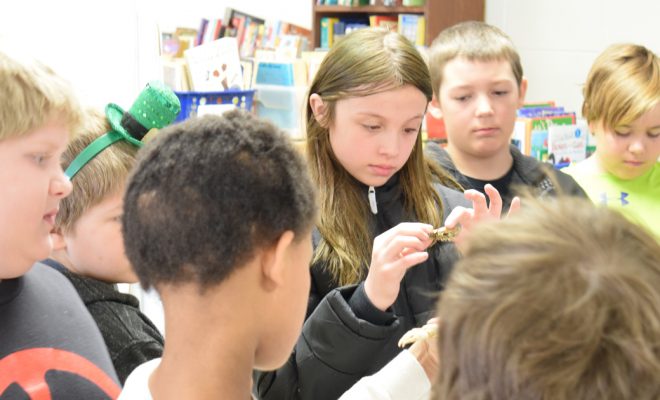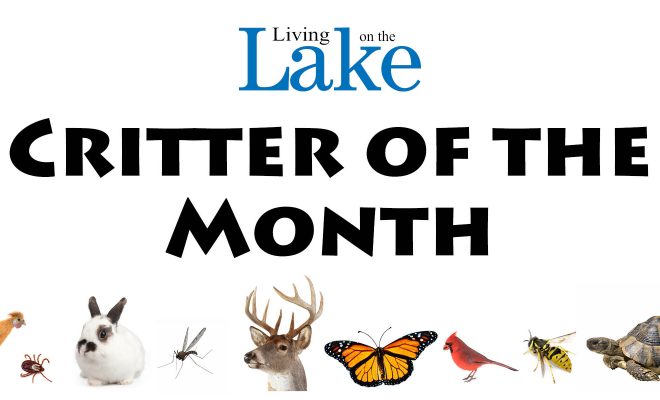“A Lakeside Companion”

Oneida County author’s guide to lake life, science
Special to Living on the Lake
Lake advocate and author Ted Rulseh has written and published several books on the Great Lakes region. He described his latest, “A Lakeside Companion,” as an “every-person’s introduction to lake science and lake life.” Rulseh is active in the Wisconsin Citizen Lake Monitoring Network, the Oneida County Lakes and Rivers Association and other lake advocacy organizations. The following is an excerpt of his book.
Who decides where the school goes?
Looking down at a swarm of black-striped fry, moving in unison, a person can’t help wondering what holds that school of fish together, why they are schooled in the first place, and which fish decides where the school goes.
The first thing to appreciate is that these fish don’t decide anything. They don’t form the school out of conscious strategic thinking. The behavior is built into their genes; it conveys advantages that promote survival.
For one thing, it’s easier for a predator to track down and capture a solitary fish than to eat fish in a school. This seems counterintuitive, since we would think attacking a school would amount to the proverbial shooting fish in a barrel.
However, scientists have found that a school confuses predators. A school moving together, the sides of multiple small fish flashing in the sun, can appear to a predator as one large fish, discouraging attack. In addition, the sheer number of fish in a school disorients predators, making it hard for them to zero in on one individual.
Another advantage to schooling is that more eyes watching means greater ability to find food. Schooling also helps fish conserve energy: in effect they draft on each other, the same principle employed by bicycle racers, one closely following another to reduce wind resistance.
As for the school’s movement, no one fish leads the others. The fish maintain a fairly precise spacing and, as they swim, they follow their neighbors’ movements, so that essentially all change course as one. The fish stick together mainly through their vision, relying on markings such as a dot or stripe on the bodies, fins, or tails. They also receive information about neighbors’ movements through their vibration-detecting lateral lines.
If you look closely at a school of fry, you may notice individual fish contentedly picking off white specks in the water, likely some form of zooplankton. You can hope the schooling behavior helps those fish grow to catchable, edible size. Time will tell.
Excerpted from A LAKESIDE COMPANION by Ted J. Rulseh. Reprinted by permission of the University of Wisconsin Press.© 2018 by the Board of Regents of the University of Wisconsin System. All rights reserved.
Leave a reply
You must be logged in to post a comment.





